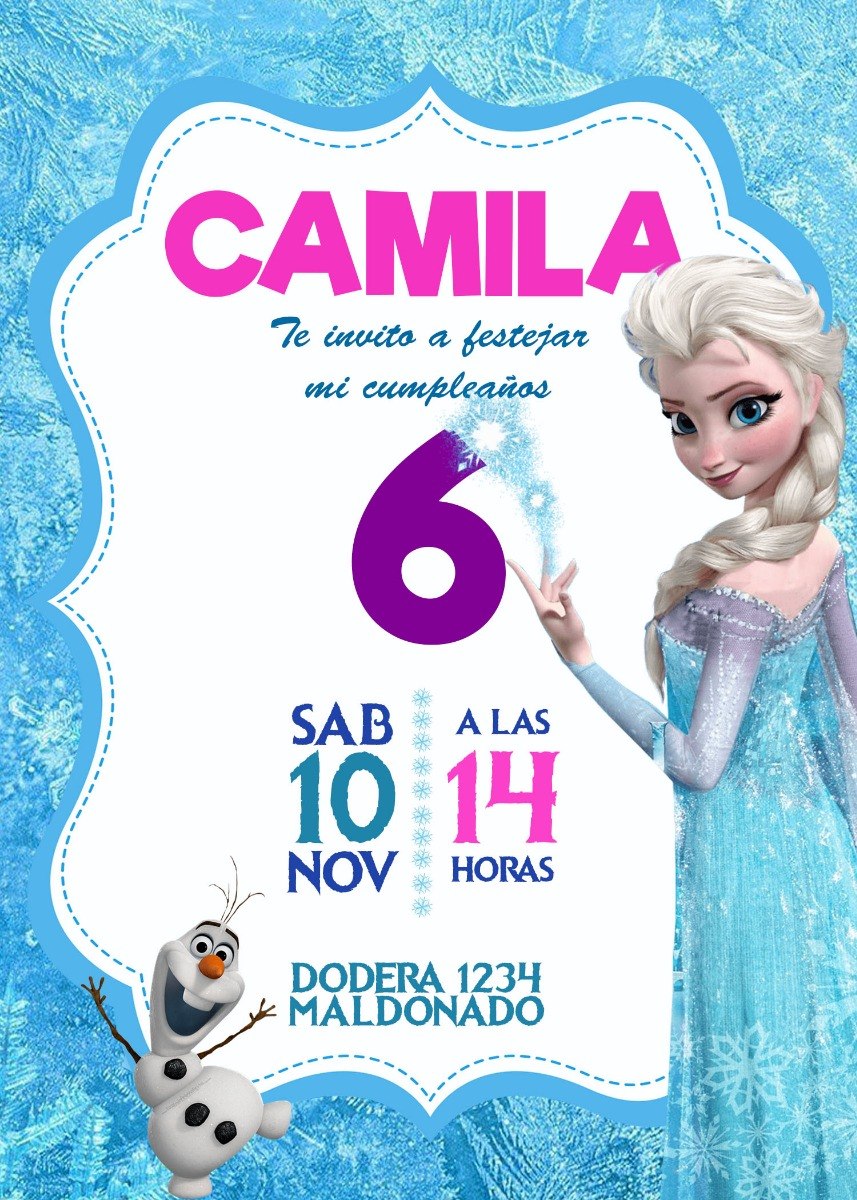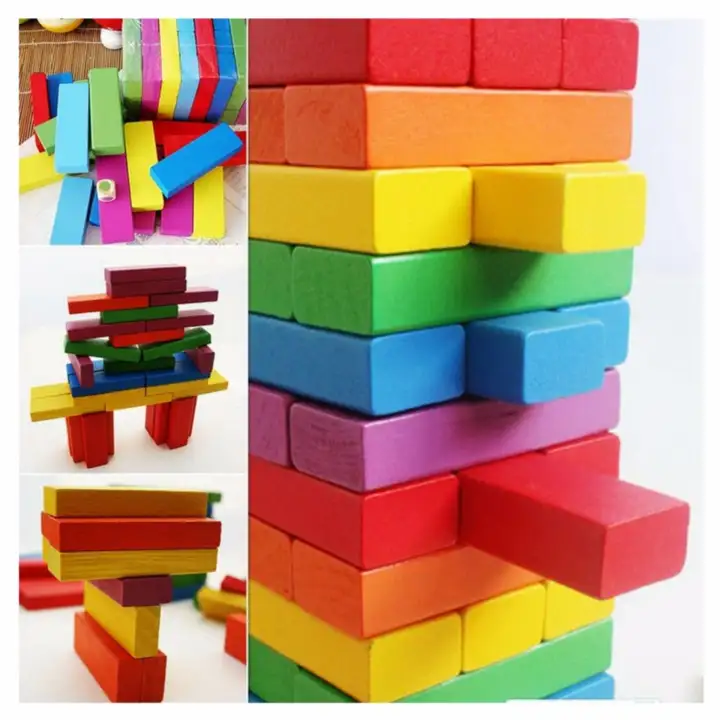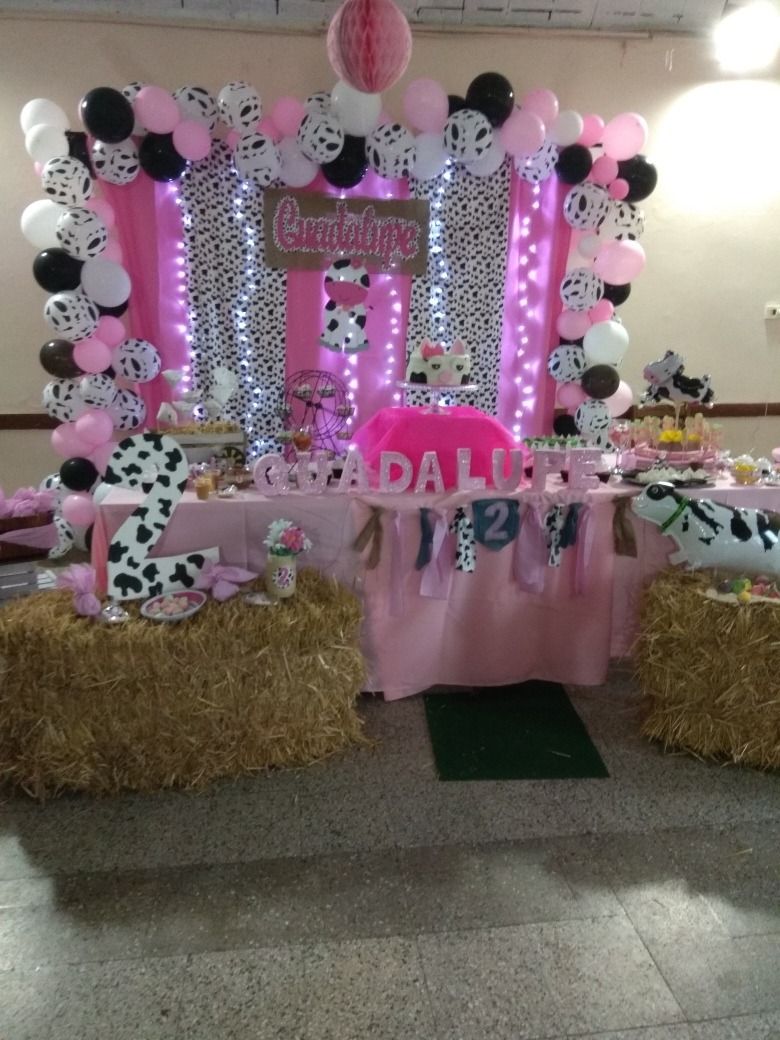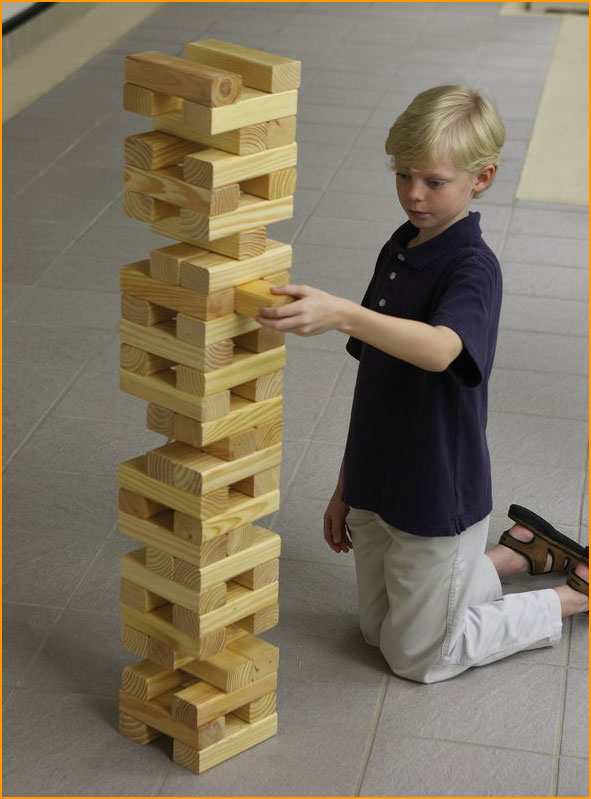Uno Jenga
- UNO Pixar 25th Anniversary Card Game with 112 Cards & Instructions in Storage Tin for Players 7 Years & Older, Gift for Kid, Family & Adult Game Night 4.9 out of 5 stars 1,112 $9.99 $ 9.
- Jenga Giant JS7 (Stacks to Over 5 feet) Precision-Crafted, Premium Hardwood Game with Heavy-Duty Carry Bag (Authentic Jenga Brand Game) 4.8 out.

UNO Stacko is one of the many variations of the card gameUno. This game is a block-stacking tower game which combines the gameplay of Uno and that of Jenga. There are two versions of the game: the earlier version requires the use of a die, while later versions eliminate the die, making the game play closer to Jenga.
Gameplay[edit]
Uno Stacko is played in a similar style to Jenga. There are 51 Uno Stacko blocks in each set, typically made of plastic and are colored red, yellow, green, blue and violet. Earlier versions of the game have the blocks numbered 1 to 4, while later versions added blocks bearing the Draw Two, Reverse, and Skip symbols. Later versions also include purple Wild blocks, which serve the same purpose as the Wild and Wild Draw Four cards in the parent game. Unlike Jenga blocks however, they look like hollow girders, making the tower more unstable as the game progresses.The earlier versions of Uno Stacko include a die, called the Uno Cube, the faces of which bear the following:
The moment a player has just one card they must yell “UNO!”. If they are caught not saying “Uno” by another player before any card has been played, the player must draw two new cards. Once a player has no cards remaining, the game round is over.
- Red 1
- Blue 2
- Green 3
- Yellow 4
- Reverse
- Draw Two

When a colored number turns up, the player pulls a block having the same color or number as the side indicated. For instance, if a player rolls Yellow 4, the player must pull a block which is either yellow or bears the number 4. When 'Reverse' turns up, the direction of play is reversed. 'Draw Two' forces the player to pull any two blocks and place them on the top of the tower.
Later versions of the game eliminate the Uno Cube. As a result, when a player pulls a block and places it on the top of the tower, the color and number or symbol of that block determines what color or number or symbol of the block the next player should pull out. While the 'Reverse' and 'Draw Two' blocks serve the same purpose as their respective counterpart faces in the Uno Cube, the Skip blocks pass the play to the player next to the next player. When a Purple Wild block is pulled by a player, that player names the color of the block the next player should pull out.
As in Jenga, the game ends when the tower collapses and the person whose last move did not cause the collapse wins.
External links[edit]
- MyPeopleConnection Review of Jenga Includes Uno Stacko as a 'Jenga clone'

Uno Jenga Game
Updated Programmers were left staring at broken builds and failed installations on Tuesday after someone toppled the Jenga tower of JavaScript.
A couple of hours ago, Azer Koçulu unpublished more than 250 of his modules from NPM, which is a popular package manager used by JavaScript projects to install dependencies.
Uno Stacko Dice
Koçulu yanked his source code because, we're told, one of the modules was called Kik and that apparently attracted the attention of lawyers representing the instant-messaging app of the same name.

According to Koçulu, Kik's briefs told him to rename the module, he refused, so the lawyers went to NPM's admins claiming brand infringement. When NPM took Kik away from the developer, he was furious and unpublished all of his NPM-managed modules. 'This situation made me realize that NPM is someone’s private land where corporate is more powerful than the people, and I do open source because Power To The People,' Koçulu blogged.
Unfortunately, one of those dependencies was left-pad. The code is below. It pads out the lefthand-side of strings with zeroes or spaces. And thousands of projects including Node and Babel relied on it.
With left-pad removed from NPM, these applications and widely used bits of open-source infrastructure were unable to obtain the dependency, and thus fell over during development and deployment. Thousands, worldwide. Left-pad was fetched 2,486,696 times in just the last month, according to NPM. It was that popular.
You can witness some of the fallout here, here, here and here.
To fix the internet, Laurie Voss, CTO and cofounder of NPM, took the 'unprecedented' step of restoring the unpublished left-pad 0.0.3 that apps required. Normally, when a particular version is unpublished, it's gone and cannot be restored. Now NPM has forcibly resurrected that particular version to keep everyone's stuff building and running as expected.
'Un-un-publishing is an unprecedented action that we're taking given the severity and widespread nature of breakage, and isn't done lightly,' Voss explained about an hour ago.
'This action puts the wider interests of the community of NPM users at odds with the wishes of one author; we picked the needs of the many. This whole situation sucks. We will be carefully considering the issues raised by and publishing a post-mortem later.
'In the meantime, several thousand open source projects have been repaired, and I'm sleeping fine tonight.'
A new maintainer, who stepped forward to look after left-pad on NPM, requested the restoration of version 0.0.3. Meanwhile, Oakland-based Koçulu has hosted his work on GitHub. If your code still won't build after the left-pad revival, try running npm cache clear to catch up with the changes.
And that's how JavaScript app development works in 2016. ®
Updated to add at 1138 PT (1838 UTC) on March 23
A spokesperson for Kik has been in touch to point us toward a blog post by Mike Roberts, the head of messenger at Kik, setting out its side of the story. It was published about 30 minutes ago.
Essentially, the instant-messaging biz says it was going to publish some open-source code including an NPM module also named Kik. That collided with Koçulu's Kik module, which is why the developer was asked to rename his software. As we know, Koçulu refused, and that led to Tuesday's cluster-fsck.
Uno Jenga
Referring to the emails sent by Kik's lawyer to Koçulu, Roberts said: 'The wording we used here was not perfect. We’re sorry for creating any impression that this was anything more than a polite request to use the Kik package name on NPM for an open source project we have been working on that fits the name.'
